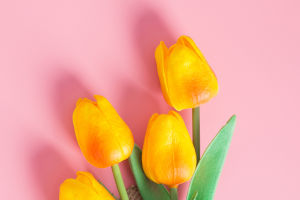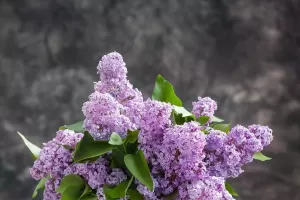Common flowers in spring include jasmine, golden bell, forsythia, plum blossom, knot incense, apricot blossom, magnolia and so on. Today I will introduce them to you.
The first is the jasmine, alias golden belt, deciduous shrubs. Plant height 30-100 cm. Branchlets slender and erect or arched and drooping, drape-like. The 3-leaflet compound leaves are alternately opposite, and the leaves are ovate to oblong. Flowers solitary on last year's branches, open before leaves, fragrant, golden-yellow, reddish on the outside, flowering from February to April. It is named for the fact that it blooms the earliest among the flowers, and the spring is in full bloom after the flowers. Together with plum blossoms, daffodils and camellias, the jasmine flowers are collectively referred to as the "Four Friends in the Snow" and are one of the common flowers in China. Spring jasmine is not only dignified and beautiful, but also has extraordinary temperament.
Followed by apricot flowers, is apricot genus Prunus plant, its pulp, nuts can be eaten. Apricot flowers are solitary, the first leaves open, and the petals are white or slightly flushed. It is a famous ornamental tree in China. Apricot can be planted in front of the courtyard, in the corner of the wall, by the road, by the water, or in groups or on the hillside and water. It is the main ornamental tree species in spring. The scientific name of apricot points out: Western people's understanding of apricot originates from Armenia. In fact, apricot is widely distributed in East and Central Asia. It can be planted by sowing or grafting. Generally, apricots used as medicine are the nuts of apricots. Ripe in early summer.
The third is the plum blossom, the bark of the plum blossom is light gray or greenish, smooth; the branchlets are green, smooth and glabrous. The leaves are ovate or elliptical, with small sharp serrations on the edge, gray-green. Flowers solitary or sometimes 2 in one bud, 2-2.5 cm in diameter, fragrant, opening before leaves; calyx usually reddish-brown, but green or green-purple in some varieties; petals obovate, white to pink color. The fruit is nearly spherical, 2-3 cm in diameter, yellow or greenish-white, pubescent, sour in taste; the pulp is pasted with the pit; the pit is oval, slightly flattened on both sides. The flowering period is winter and spring, and the fruiting period is May-June.
And finally the hyacinth. Hyacinth is a perennial herbaceous bulbous plant with an oval bulb with a membranous rind. The color of the epidermis is positively correlated with the color of the flower. When it is not in bloom, it looks like garlic. It is native to the Mediterranean coast and Asia Minor. It is the most flowering plant found in the study. A fragrant variety. Likes sunny and relatively humid growing environment, requires well-drained and fertile sandy loam.


